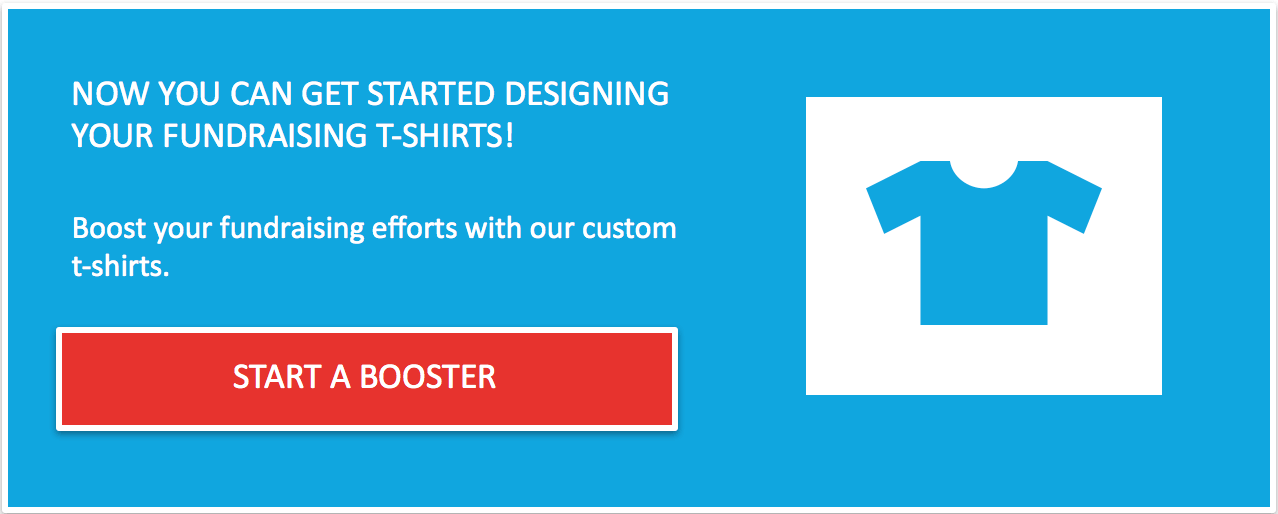Peer-to-Peer Fundraising: Benefits and Best Practices
This post summarizes the benefits of and best practices for peer-to-peer fundraising. We hope you find it helpful!
What are the benefits of peer-to-peer fundraising?
1. Expands your donor base.
By tapping into your supporters’ personal networks, you can reach new pools of donors that might have been inaccessible otherwise. People are more likely to donate to a cause that their friend or family member feels strongly about, and “word-of-mouth” is one of the most effective forms of marketing.
2. Quickly builds trust between your organization and potential new supporters.
Traditional fundraising activities, such as courting foundations and major donors, require significant investments of time and effort. Cultivating these relationships and building trust can be a long process. In contrast, p2p fundraising takes advantage of pre-existing relationships and trust between the asker and the asked to instantly increase the credibility of your appeal.
3. Creates personal buy-in among supporters.
P2p fundraising gives supporters the ability to individualize the cause and attach their own personality and ideals to your mission. As a result, they become more confident in their involvement and more motivated to spread the word. Such personal buy-in can lead to higher fundraising goals and a stronger desire to see your organization succeed.
P2p fundraising can be especially useful for increasing event attendance. After all, people are inclined to attend events when they know their friends or family will be there as well.
4. Multiplies the impact of limited resources.
P2p fundraising helps you make the most of what you already have by raising up an army among your current supporters.
What are best practices for peer-to-peer fundraising?
1. Identify and develop “brand ambassadors.”
Appeal to a core group of enthusiasts and evangelists who can create the initial momentum and build social proof for your cause. These individuals are crucial to the success of p2p fundraising. You can identify them by considering all of your audience touch-points to date, including the following:
- Email: Who has opened/clicked on your content the most?
- Social Media: Who has liked/shared/retweeted your posts the most?
Events/Meetings: Who is the most engaged?
Once you have a list of brand ambassadors, reach out to them through the following steps:
- Identify them as important voices.
- Explain your current campaign.
- Ask them for help getting the word out.
- Celebrate their efforts.
2. Choose the right online fundraising platform.
The ideal platform does the following:
- Makes it very easy for supporters to create, share, and manage a personal campaign/event page.
- Integrates seamlessly with your website and branding so that you can maintain control over the look and feel of communications.
- Contains built-in email and social media marketing tools that enable supporters to get the word out in just a few clicks.
- Has a mobile responsive design that accepts donations via smartphone.
3. Give up some control over communications.
Trust your supporters to speak on your behalf. This task is not an easy one for groups that have traditionally been able to manage their own message, but over time it will transform the way people are talking about you online (for the better)!
4. Build an online community that showcases supporters.
Use social media for more than self-promotion and donation appeals. Focus less on the ask and more on highlighting your supporters. Provide them with a safe space to share their stories and passions, talk about the cause, and ask questions. People are more likely to respond to a call to action if it’s mixed in with more meaningful content.
5. Encourage team fundraising.
With team fundraising, each team member makes their own personal page, but the results are also consolidated on a team page. This approach works great for a walk, run, or other athletic event. The sense of competition can help people overcome their reluctance to ask for money and encourage them to meet or exceed fundraising goals.
6. Provide the guidance/resources your supporters need to be successful.
Here are some examples:
- Fundraising tip sheet
- Email templates and sample social media posts (already provided through some digital fundraising platforms)
- Step-by-step guides and how-to videos
Additionally, if you’re pairing your p2p fundraising with an event, support your team with this checklist resource.
In summary, there are numerous benefits to peer-to-peer fundraising. With a sophisticated yet easy-to-use online fundraising platform, a group of active supporters, and an outreach strategy that supports and showcases these supporters, you’ll be off to a great start!
This blog post originally appeared on Crowdster, a crowdfunding platform for nonprofits.


Leave a Comment